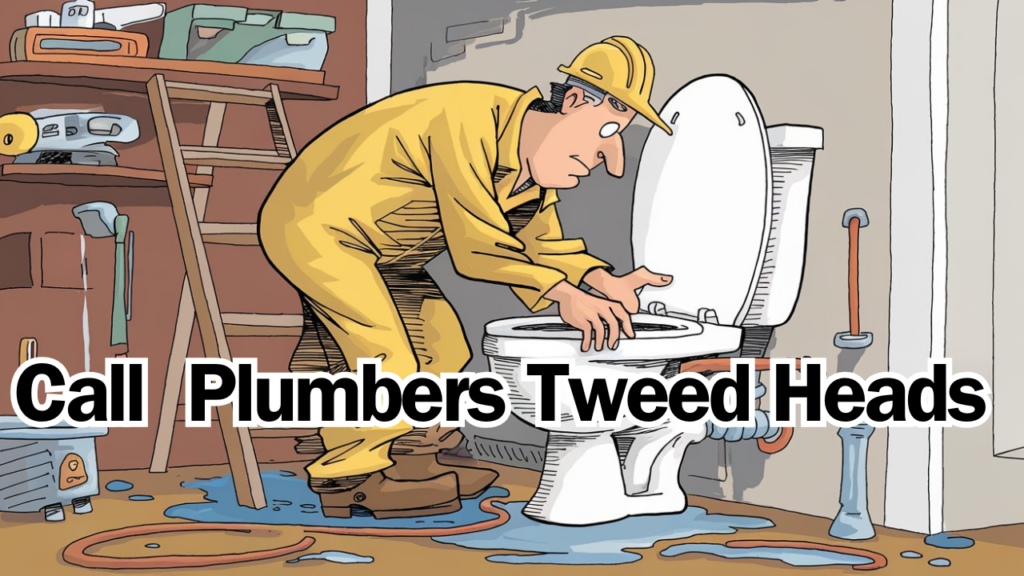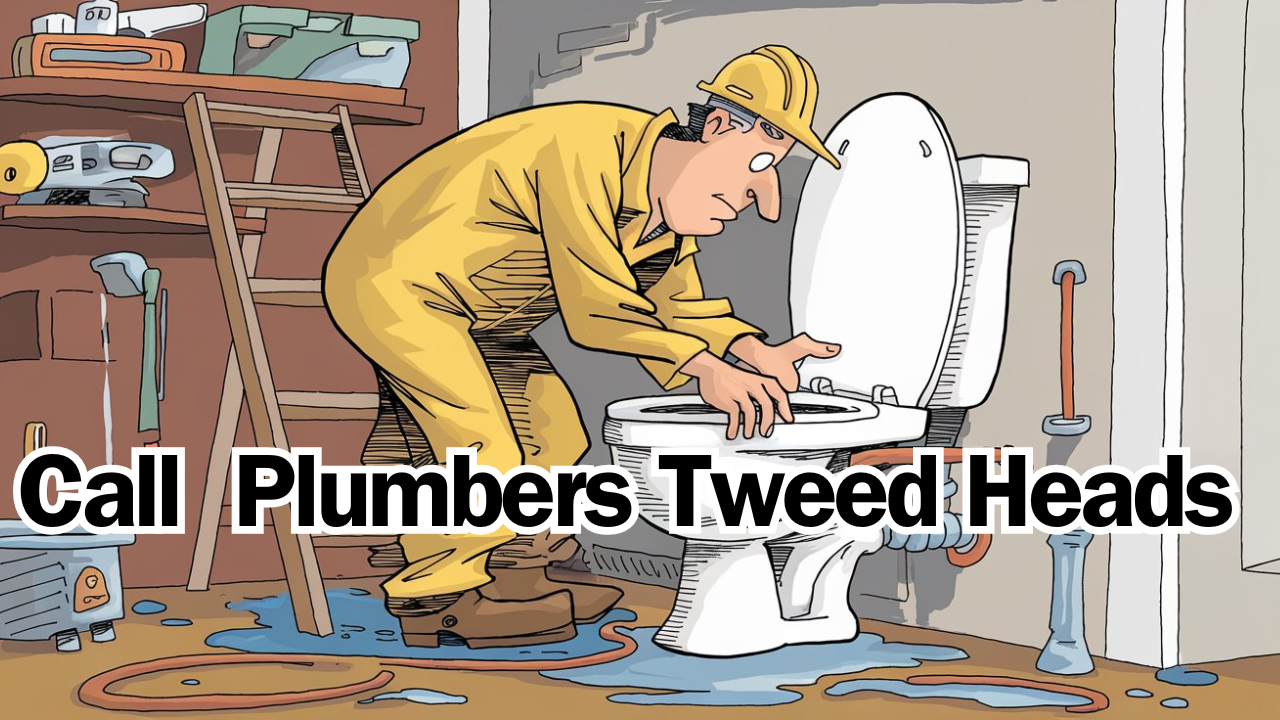
Understanding Toilet Installation
Installing a toilet can seem daunting, but with the right knowledge and tools, it can be a straightforward process. This guide will walk you through everything you need to know about toilet installation, from the different types of toilets available to the step-by-step installation process.
Types of Toilets
When it comes to choosing a toilet, there are several types to consider:
Close-coupled toilets
Close-coupled toilets are the most common type found in homes. They feature a tank that is directly attached to the bowl, making them compact and easy to install.
Wall-mounted toilets
Wall-mounted toilets are a modern option that saves space. They are fixed to the wall, with the tank concealed behind the wall, providing a sleek look.
Back-to-wall toilets
Back-to-wall toilets combine the benefits of close-coupled and wall-mounted designs. They are installed against the wall with the cistern hidden behind a panel, offering a clean aesthetic.
Pre-Installation Considerations
Before you begin the installation process, there are several important factors to consider:
Measuring your space
Accurate measurements of your bathroom space are crucial. Ensure you have enough room for the toilet and that it fits comfortably in the designated area.
Choosing the right toilet model
Select a toilet model that suits your style and needs. Consider factors such as height, bowl shape, and flushing technology.
Gathering necessary tools and materials
Make sure you have all the tools and materials required for the installation. This typically includes a wax ring, toilet bolts, a wrench, and a level.
Step-by-Step Toilet Installation Guide
Follow these steps for a successful toilet installation:
Preparing the Area
-
Removing the old toilet: Shut off the water supply, flush the toilet to empty the tank, and disconnect the water supply line. Remove the nuts securing the toilet to the floor and lift it off.
-
Cleaning and inspecting the flange: Clean the area around the flange and inspect it for damage. Replace the flange if necessary.
-
Checking for floor damage: Look for any signs of water damage on the floor. Repair any issues before proceeding.
Installing the New Toilet
-
Positioning the wax ring: Place the wax ring on the flange, ensuring it is centered.
-
Aligning the toilet over the flange: Carefully lower the toilet onto the wax ring, aligning the bolts with the holes in the base.
-
Securing the toilet base: Tighten the nuts onto the bolts to secure the toilet, being careful not to overtighten.
Attaching the Tank and Seat
-
Connecting the cistern to the bowl: Attach the tank to the bowl using the provided bolts and washers.
-
Installing the flush mechanism: Follow the manufacturer’s instructions to install the flush mechanism inside the tank.
-
Attaching and adjusting the toilet seat: Secure the toilet seat to the bowl and adjust it for comfort.
Connecting Plumbing
-
Attaching the water supply line: Connect the water supply line to the tank and turn on the water supply.
-
Testing for leaks: Check for any leaks around the connections. If leaks are present, tighten the connections as needed.
-
Adjusting water levels: Set the water level in the tank according to the manufacturer’s specifications.
Common Installation Challenges
Troubleshooting Tips
-
Dealing with uneven floors: Use shims to level the toilet if the floor is uneven.
-
Addressing leaks and clogs: Investigate any leaks or clogs immediately, as they can lead to more significant issues.
-
Fixing rocking toilets: If the toilet rocks, ensure it is properly secured and use shims if necessary.
When to Call a Professional
While many installations can be done DIY, some situations require professional help:
Complex plumbing issues
If you encounter complicated plumbing problems, it’s best to consult a professional.
Warranty considerations
Check if your toilet’s warranty requires professional installation to remain valid.
Local building code compliance
Ensure your installation meets local building codes, which may require professional oversight.
Maintenance and Care
Post-Installation Checks
-
Ensuring proper flush performance: Test the flush to ensure it operates smoothly.
-
Checking for leaks over time: Regularly inspect connections for leaks.
Long-Term Toilet Care
-
Regular cleaning routines: Maintain cleanliness by regularly cleaning the toilet.
-
Preventative maintenance tips: Periodically check for wear and tear on components.
Cost Considerations
DIY vs Professional Installation
-
Comparing costs and benefits: Weigh the costs of DIY installation against hiring a professional.
-
Understanding potential hidden expenses: Be aware of any additional costs that may arise during installation.
Warranty Information
-
Manufacturer warranties: Familiarize yourself with the warranty terms for your toilet.
-
Professional installation guarantees: Understand the guarantees provided by professional installers.
FAQS Toilet Installation
How long does it typically take to install a toilet?
The installation process usually takes about 2 to 4 hours, depending on your experience level and any complications that may arise.
What tools do I need to install a toilet?
Essential tools include a wrench, a level, a screwdriver, a wax ring, and toilet bolts. Additional tools may be required depending on your specific installation.
Can I install a toilet by myself, or should I hire a professional?
Many homeowners can successfully install a toilet themselves, but if you’re unsure or encounter plumbing issues, hiring a professional is advisable.
What should I do if my new toilet is leaking?
If you notice leaks, check all connections and tighten them as necessary. If the problem persists, you may need to replace the wax ring or consult a plumber.
How often should I perform maintenance on my toilet?
Regular maintenance should include checking for leaks, cleaning, and inspecting components at least once a year to ensure optimal performance.
Affiliate Disclaimer: This post may contain affiliate links. If you click on a link and make a purchase, we may earn a small commission at no additional cost to you.

Leave a Reply